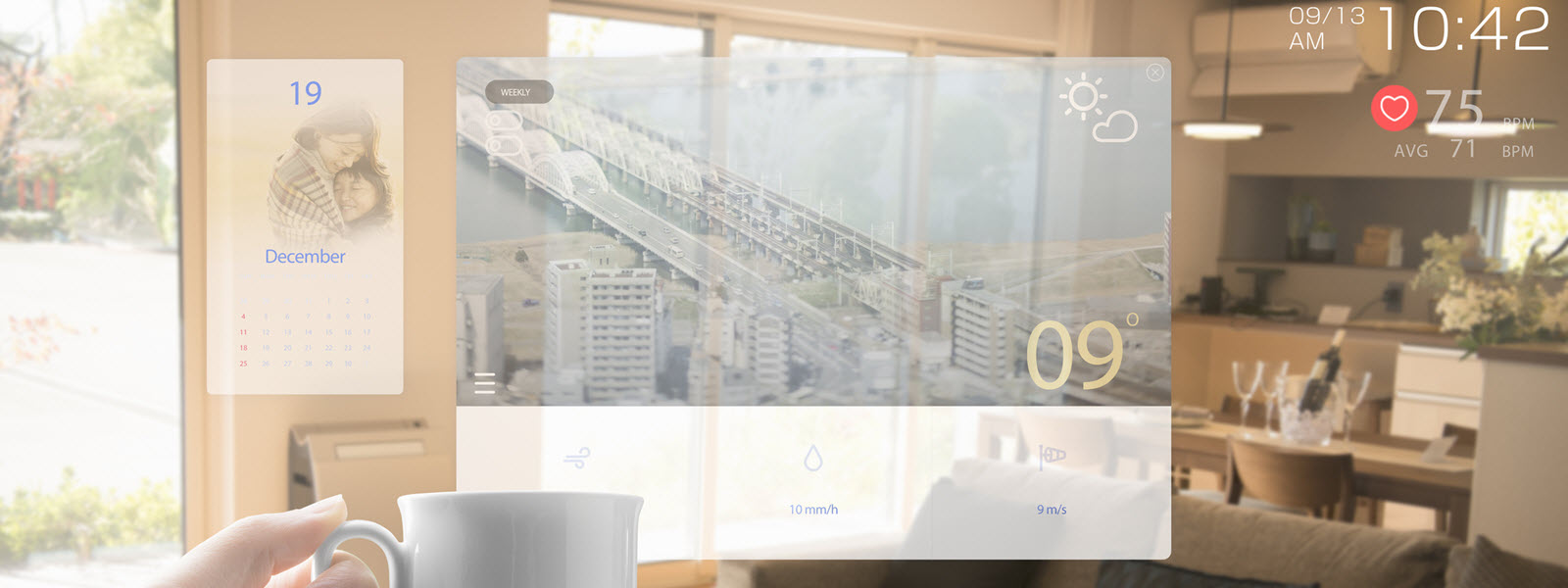
I attended Oracle’s 2017 Modern Service Conference in Las Vegas. I got to catch up with a lot of friends and colleagues, saw some great demos, and heard some good talks. So what stuck with me from the conference? Well, the first three things that come to mind when I think about the conference:
1. I am still kind of excited about the idea of augmented reality for customer service.
2. I now have this notion that deflection as a standard call center metric probably needs more consideration than I usually give it.
3. This year, like every year at the conference, I heard new buzzwords that I had not heard before.
Augmented Reality
The future of service will contain more augmented reality and virtual reality. With the technology of smart phones, tablets and beacons, more than 2.5 BILLION augmented reality applications have already been downloaded. These generate more than 1.4 BILLION in revenue. Augmented reality is already being used in retail applications. For example IKEA already has an app that allows you to model your home and then download virtual furniture from their catalog to see how it will look in your home.
Augmented reality in customer service is a natural continuation in the trend for personalization in service. I don’t know if IKEA actually does this yet, but this would be an example of augmented reality in customer service. So let’s say a customer who bought the furniture from IKEA now needs to assemble it. And let’s say they are running into a problem with how to do so. So they send the IKEA service desk a picture, taken with their phone of course, of the problem they are having. Let’s say the holes and screws on the piece of furniture they are assembling do not line up. Using augmented reality the service desk agent could send them visual instructions, a sort of augmented reality video, explaining what they did wrong. The agent could, in this particular augmented reality, turn the piece around and show how the components then fit correctly. So, this sort of thing will really be possible in the VERY near future without highly trained agents or expensive equipment for either the customer or the service organization! For people of my background and generation it is amazing to consider.
Service Deflection
I also picked up a different focus on metrics: My main metrics for Oracle Service Cloud Customers have always been Volume, Handle Time, Escalations, First Contact Resolution Rates, and CSAT scores. It was pointed out that focusing on deflection to reduce volume is not always the best approach for an organization. Of course this has always been true and obvious for those service organizations who agents also have an opportunity to upsell to customers when those customers call with a service inquiry. You obviously might lose a sale by deflecting a service call.
But when I got back home I started wondering about other ways that the focus on deflection might reduce opportunities. I don’t mean just the loyalty of a customer who felt reaching a real person was too hard and was turned off by that. I also mean building a real and personal relationship with a customer. More and more I have clients who try to give their service customers more personalized service by trying to direct them to the same agent consistently for different questions. That way they feel there is someone who knows them. I did not come away with best practices to measure the financial bottom line for a service approach focused on personalization vs deflection. And the two are not necessarily conflicting goals. But I did come away with the realization that the focus today on deflection for service organizations might be very different in context than it was even three to five years ago.
New Fuzzwords
Over time, most industries develop their own tribal vocabularies. Even the most hated ‘buzzwords’ can become as ubiquitous as water to fish. (The word ‘buzzword’ itself is a buzzword, having originated as Harvard student slang in 1946 from a counting game popular at that time.) As a lover of language, buzzwords both fascinate and horrify me. At their best they are poetical and provide meaning via analogy. At their worst they are used out of context or are overused in a way that misrepresents and annoys.
Some people happily add new buzzwords to their vocabulary. ‘Marketeers’, in particular, seem to love them. Other people add them to their ‘blacklist.’ (The word blacklist originated as a buzzword around 1610 during the Protestant reformation when members of society were added to the Black Books of churches, both Protestant and Catholics as members of the other (dark) side.)
Whether used more as syllables or substance, I do think buzzwords are a sort of societal pulse that reveal a lot about cultural trends and how people are thinking.
Here is some new corporate patois that I picked up at the conference:
Insight-as-a-Service (IAAS): Using data, especially data related to how people feel, to make decisions about how to best service that customer’s needs or market to that customer.
Return-on-Relationship (ROR): The level of loyalty and useful feedback from your customers, in whatever behavioral or social context you measure it, in exchange for your good service to them
Amplify: as in amplify your business. The idea behind this is that amplify appeals more to millennials (maybe audiophiles in particular) than words like expand or grow.
Over the Top Service (OTTS): Going above and beyond for your customers
Let’s Discuss Live (LDL): What you say or type when you are in an online meeting and decide this might be something better discussed in person.

